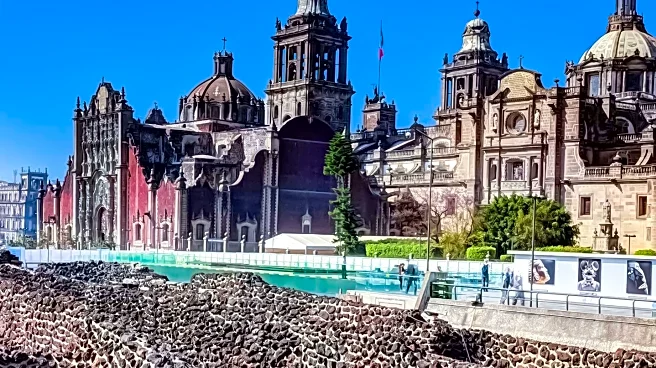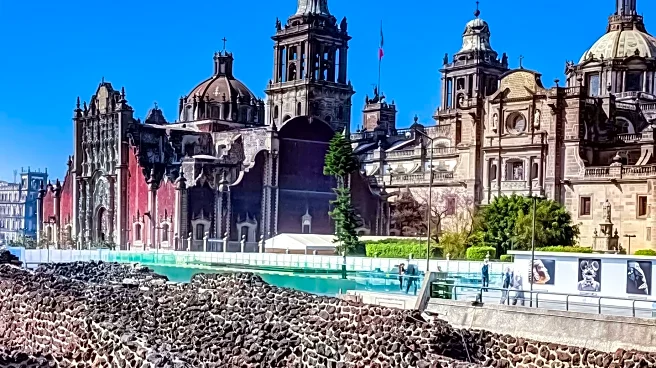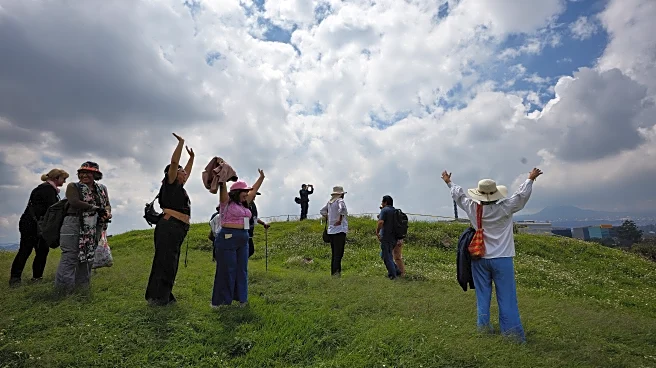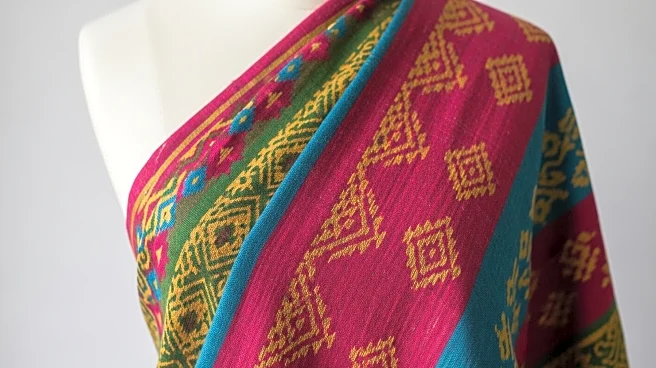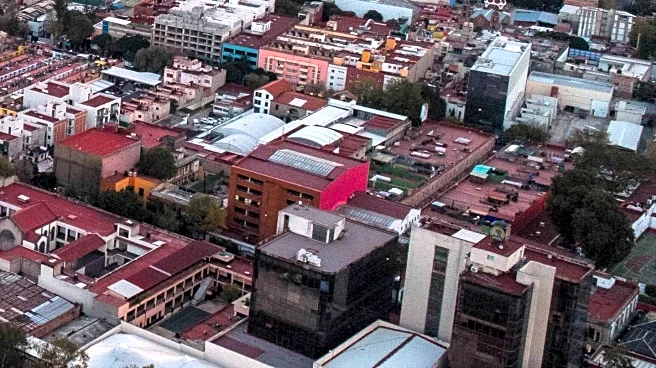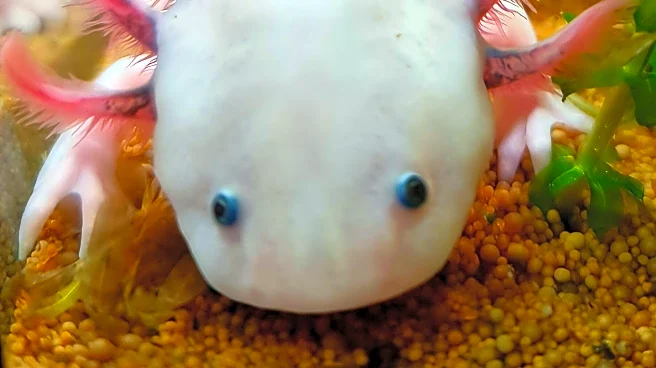What's Happening?
The National Institute of Anthropology and History (INAH) in Mexico City is offering expert-led archaeology tours to explore ancient ruins, such as Cuicuilco, a site once central to a thriving pre-Hispanic civilization. These tours are part of a monthly program designed to share Mexico's cultural heritage with the public. Archaeologists and historians from INAH lead these excursions, providing insights into the historical significance of the sites. The tours are priced at approximately 260 pesos ($15) and aim to bring participants closer to ancient societies, offering a deeper understanding of their cultural practices and worldviews.
Why It's Important?
These tours play a crucial role in preserving and promoting Mexico's rich cultural heritage. By facilitating public access to archaeological sites, INAH helps foster a greater appreciation for historical cultures and their contributions to modern society. The initiative also supports cultural tourism, which can drive economic growth and create job opportunities. Additionally, these tours offer educational value, allowing participants to learn about ancient civilizations and their impact on contemporary cultural practices. This approach not only preserves historical knowledge but also encourages cultural exchange and understanding.
What's Next?
INAH plans to continue offering these tours, with upcoming excursions focusing on various aspects of pre-Hispanic societies, including human sacrifices and Day of the Dead traditions. The institute aims to expand its offerings to include more hidden gems and lesser-known sites, enhancing the cultural tourism experience. As interest in these tours grows, INAH may collaborate with travel agencies to reach a broader audience. The ongoing success of these programs could lead to increased funding and support for archaeological research and preservation efforts.
Beyond the Headlines
The tours highlight the ethical responsibility of preserving cultural heritage while balancing urban development. As Mexico City continues to grow, safeguarding archaeological sites becomes increasingly challenging. INAH's efforts demonstrate the importance of integrating cultural preservation into urban planning. These tours also emphasize the need for sustainable tourism practices that respect and protect historical sites. By promoting cultural awareness and education, INAH contributes to a broader understanding of the interconnectedness of past and present societies.

